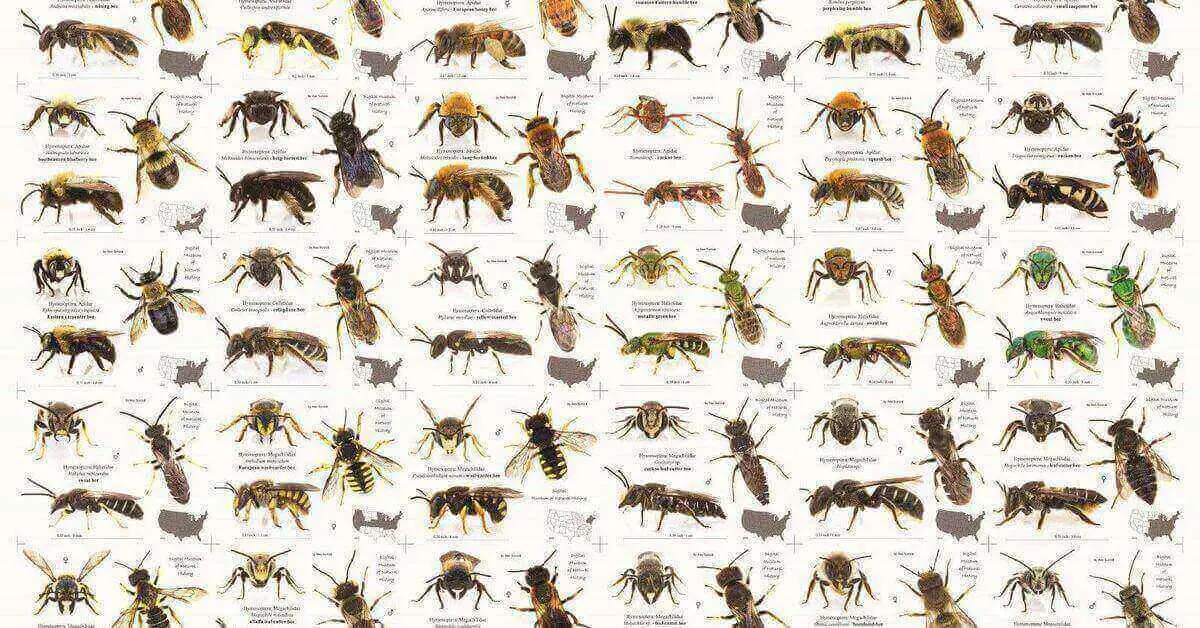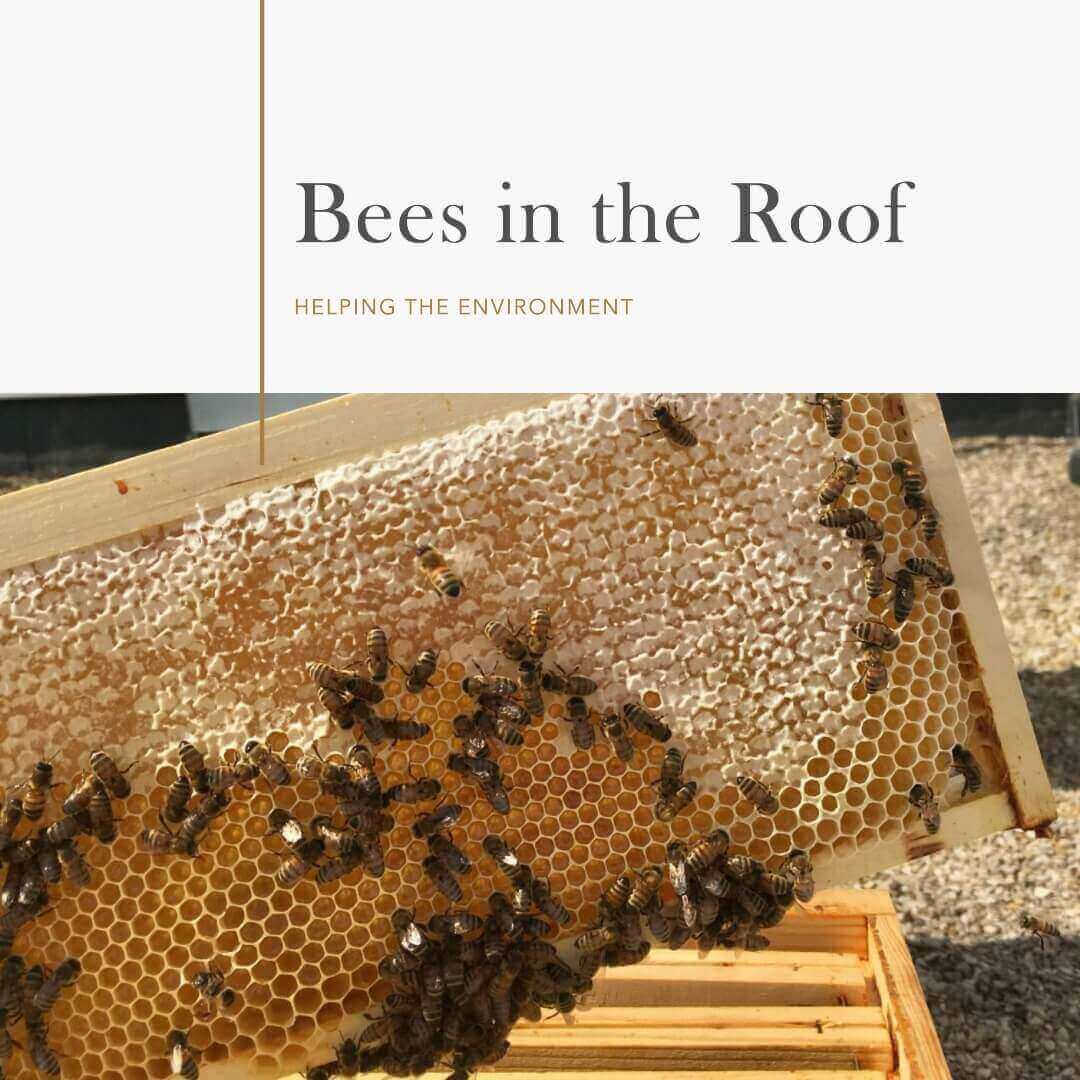Paper wasps are fascinating creatures known for their intricate nests and social behavior. In this article, we will explore the world of paper wasp, their unique characteristics, their behavior, and their impact on the ecosystem. By understanding these remarkable insects, we can appreciate their role in nature and coexist peacefully with them.
| Kingdom | Animalia |
| Phylum | Arthropoda |
| Class | Insecta |
| Order | Hymenoptera |
| Suborder | Apocrita |
| Superfamily | Vespoidea |
| Family | Vespidae |
| Subfamily | Polistinae |
| Genus | Polistes |
The Life Cycle of Paper Wasps
Paper wasps, like most insects, undergo a complete metamorphosis. The life cycle consists of four stages: egg, larva, pupa, and adult. The queen initiates the colony by building a small nest and laying eggs. Once the eggs hatch, the larvae are fed by worker wasps until they pupate and eventually emerge as adult wasps.
Physical Appearance
What Does a Paper Wasp Look Like? Paper wasp have slender bodies with long, cylindrical abdomens. They are typically black or brown in color, often with yellow or orange markings. Their wings are thin and transparent, enabling them to fly swiftly.
Different Types of paper wasps
There are various species of paper wasps found across different regions of the world. Some common species include the European paper wasp, the red paper wasp, and the golden paper wasp. Each species exhibits unique characteristics and nesting behaviors.
Nest Construction
Where Do Paper Wasps Live? Paper wasps are known for their remarkable nest-building skills. They create nests using plant fibers mixed with saliva, forming a distinctive papery material. The nests are often attached to eaves, tree branches, or other protected areas. The architecture of the nest includes hexagonal cells where eggs are laid and larvae are raised.

Communication Among Paper Wasps
Paper wasps communicate through a combination of visual cues and chemical signals. They use specific body movements, such as antennation and wing vibrations, to convey messages to other colony members. Chemical signals, in the form of pheromones, help coordinate activities within the nest.
Foraging Behavior and Diet
What Do Paper Wasps Eat? Paper wasp are predators and play a crucial role in controlling populations of other insects. They primarily feed on nectar and sweet substances, but they also capture small insects and caterpillars to feed their larvae. Their hunting behavior is an essential aspect of maintaining ecological balance.
Predators and Defense Mechanisms
Are Paper Wasps Aggressive? Despite their ability to sting, paper wasp have numerous predators, including birds, spiders, and praying mantises. To defend themselves and their nests, paper wasp use their stingers and release alarm pheromones to signal danger. They may exhibit aggressive behavior when their colony is threatened.
Related Articles:
Reproduction and Queen Behavior
Do Paper Wasp Have a Queen? The reproductive system of paper wasp is fascinating. The queen is responsible for laying eggs, and she determines the sex of each offspring by controlling the fertilization process. Queens can also regulate the growth and behavior of the worker wasps in the colony, ensuring the harmony and efficiency of the nest.
The Importance of Paper Wasp in the Ecosystem
Paper wasps contribute to the ecosystem in various ways. Their predatory behavior helps control insect populations, preventing potential crop damage. Additionally, they play a role in pollination as they visit flowers in search of nectar. Their nests also provide shelter for other insects during the winter months.
Potential Threats and Concerns
Are Paper Wasps Aggressive? While paper wasp are generally beneficial, they can pose a threat when their nests are built in close proximity to human dwellings. Stings from paper wasp can cause severe allergic reactions in some individuals. It is important to exercise caution and seek professional assistance when dealing with nests in residential areas.
Tips for Coexisting with Paper Wasps
How to Get Rid of Paper Wasps? To coexist peacefully with paper wasp, it is essential to respect their presence and understand their behavior. Avoid disturbing their nests, provide alternative food sources away from high-traffic areas, and maintain proper waste management to minimize attractants.
How to Safely Remove a Paper Wasp Nest
If the presence of paper wasp poses a risk, it is advisable to seek professional help for nest removal. Experts have the necessary tools, protective gear, and knowledge to safely relocate the nests without causing harm to humans or the wasps themselves.
Interesting Facts about Paper Wasps
- Paper wasps are excellent navigators and can recognize landmarks to find their way back to their nests.
- Each paper wasp nest has a distinct scent, which helps wasp identify their own nestmates.
- Paper wasp can remember individual human faces and distinguish between friendly and threatening individuals.
Common Misconceptions about Paper Wasp
Despite their benefits, paper wasp are often misunderstood. Some common misconceptions include mistaking them for aggressive hornets or assuming they are a significant threat to humans. By dispelling these myths, we can foster a better understanding and appreciation for these remarkable insects.
Summary
Paper wasps are remarkable creatures with intricate social structures and behaviors. Understanding their life cycle, nest construction, foraging behavior, and reproductive patterns allows us to appreciate their ecological importance. By coexisting peacefully with paper wasp and taking necessary precautions, we can ensure harmony between humans and these fascinating insects.




